
How to Trade Indices on Token Metrics: Complete 2025 Guide

Trading individual cryptocurrencies can be time-consuming and overwhelming, especially when trying to maintain exposure to market-wide movements while managing risk. Token Metrics Indices offers a streamlined solution that allows you to trade entire market baskets with the same ease as buying a single token. This comprehensive guide walks you through everything you need to know about trading indices on the Token Metrics platform.
Understanding Token Metrics Indices
Token Metrics Indices are rules-based baskets that track defined universes of cryptocurrencies with scheduled rebalances and clear inclusion criteria. Unlike manual portfolio management that requires constant monitoring and adjustment, these indices automate the process of maintaining diversified crypto exposure according to predetermined strategies.
The flagship offering, TM Global 100, exemplifies this approach by holding the top 100 cryptocurrencies by market cap during bullish market conditions and automatically switching to stablecoins when market signals turn bearish. This regime-switching methodology combines broad market participation with disciplined risk management, rebalancing weekly to reflect current market conditions.
Getting Started: Joining the Waitlist
Before you can trade Token Metrics indices, you'll need to secure access through the waitlist process. Navigate to the Token Metrics Indices hub and select the index you're interested in—such as TM Global 100. Click the "Join Waitlist" button to register your interest.
During the waitlist registration, you have the option to connect your wallet and preview the one-click buy flow along with available funding options. This optional step familiarizes you with the interface before launch, ensuring a smooth experience when trading becomes available. Once the index launches, you'll receive both an email notification and an in-app prompt, giving you immediate access to start trading.
The Trading Process: Step-by-Step
Trading indices on Token Metrics is designed for simplicity and speed, with most transactions completing in approximately 90 seconds. When you're ready to purchase an index, click the "Buy Index" button from the index's main page. This initiates the embedded wallet checkout flow that handles all the technical complexity behind the scenes.
The checkout interface presents comprehensive information before you commit to the trade. You'll see estimated gas fees, platform fees, maximum slippage tolerance, and the minimum expected value you'll receive. This transparency ensures you understand exactly what you're paying and what you're getting before confirming the transaction.
Review the current holdings displayed in both treemap and table formats. The treemap provides a visual representation of asset allocation, making it easy to understand portfolio composition at a glance, while the table view offers detailed information about each constituent asset. Once you've reviewed all details and are satisfied with the terms, confirm the transaction.
Understanding the Embedded Wallet
Token Metrics uses an embedded, self-custodial smart wallet for index transactions. This means you maintain complete control over your funds rather than entrusting them to a custodial service. The wallet is designed to lower operational barriers while preserving the security benefits of self-custody.
Funding options vary based on your connected wallet and blockchain network. The platform supports USDC for selling positions, and funding options surface automatically during checkout based on chain and wallet compatibility. This flexibility ensures you can participate regardless of which assets you currently hold.
The self-custodial nature means you're responsible for securing your access credentials, but it also ensures that Token Metrics never has direct control over your assets. This architecture aligns with crypto's ethos of user sovereignty while making the experience as seamless as possible.
Monitoring Your Positions
After purchasing an index, track your position under the "My Indices" section of the platform. This dashboard provides real-time profit and loss tracking, showing how your investment performs relative to your entry point. The interface updates dynamically as market conditions change and the index rebalances.
Access your complete transaction history within the same dashboard, maintaining a comprehensive record of all purchases, sales, and rebalances. This transparency extends to the index's operational mechanics—you can view the strategy modal explaining the rules governing index behavior, check the gauge showing the current market signal, and review the detailed transactions log showing every rebalance and portfolio adjustment.
Weekly Rebalancing and Regime Switching
Understanding how indices rebalance is crucial to managing expectations. Token Metrics indices rebalance weekly, updating constituent weights and potentially replacing assets to maintain alignment with the index's defined universe. For TM Global 100, this means ensuring the index always holds the current top 100 cryptocurrencies by market capitalization.
Beyond weekly rebalancing, regime switching triggers more dramatic portfolio shifts. When the proprietary market signal indicates bullish conditions, the index holds its full allocation to the top 100 assets. When signals turn bearish, the index moves entirely to stablecoins, aiming to preserve capital during downturns. This switching mechanism enforces disciplined risk management that many individual investors struggle to maintain manually.
These automatic adjustments occur without requiring action on your part. You continue holding your index position while the underlying assets shift according to the predetermined rules. This passive approach to active management represents one of the index's key value propositions.
Benefits Over Manual Trading
Trading indices on Token Metrics offers several advantages over managing individual positions manually. Time savings represent the most obvious benefit—no more tracking 100 individual tickers or executing dozens of small trades to rebalance your portfolio. The weekly rebalancing job runs automatically, freeing you to focus on other aspects of your investment strategy.
Discipline during drawdowns becomes significantly easier when rules govern your portfolio. The stablecoin switch enforces risk management when market signals deteriorate, removing the emotional difficulty of selling during uncertain periods. This systematic approach helps avoid the common pitfall of holding through severe drawdowns out of hope rather than strategy.
Execution efficiency improves dramatically with single-transaction index purchases versus multiple small trades across numerous assets. Each individual trade incurs slippage and fees that compound when building diversified positions manually. The embedded wallet checkout consolidates this into one transaction, reducing total costs and complexity.
Transparency and Security Measures
Token Metrics prioritizes transparency throughout the trading experience. The strategy modal provides complete documentation of the rules governing index behavior, eliminating the "black box" problem common in automated investment products. You always know what you own and why the index makes specific decisions.
Holdings display in multiple formats—treemap for visual allocation understanding and table for detailed constituent information. Every transaction and rebalance appears in the activity log, creating an auditable trail of index operations. This level of disclosure ensures you can verify that the index operates according to its stated rules.
Security measures include the self-custodial wallet architecture, fee and slippage preview before transaction confirmation, and clear documentation of operational mechanics. However, regime logic limitations exist—signals can be incorrect, switching can incur spreads and gas costs, and chain and asset support may vary by jurisdiction.
Who Should Trade Token Metrics Indices
Token Metrics indices suit multiple investor profiles. Hands-off allocators who want broad crypto exposure without micromanaging individual positions find the automated rebalancing and risk management appealing. Active traders can use indices as a disciplined core holding while executing satellite strategies around it.
Existing Token Metrics members and prospects who already consume the platform's research can transform analytical insights into actionable positions through one-click index purchases. Users new to on-chain trading benefit from the embedded wallet and clear fee structures that reduce operational complexity.
Those skeptical of opaque investment products appreciate the full strategy documentation, visible holdings, and comprehensive rebalance logs. The transparency allows verification that the product operates as advertised without mystery algorithms or hidden mechanisms.
Important Considerations
Cryptocurrency remains highly volatile and can lose substantial value rapidly. Past performance does not indicate future results, and even rule-based strategies can underperform during certain market conditions. The information in this guide serves educational purposes and should not be construed as financial advice.
Region-specific restrictions may apply, with chain and asset support varying by wallet and jurisdiction. Before trading, verify that you can access the specific indices and features relevant to your location. Gas fees on certain networks can be substantial, potentially affecting the economics of smaller positions.
Conclusion
Trading indices on Token Metrics streamlines crypto portfolio management by combining broad market exposure, systematic risk management, and operational simplicity. The one-click buying process, transparent holdings and rebalances, and self-custodial security architecture create an accessible yet sophisticated investment vehicle for both newcomers and experienced traders.
By understanding the mechanics of index trading, rebalancing schedules, and the embedded wallet system, you can make informed decisions about incorporating these products into your investment strategy. Whether you're seeking passive exposure to crypto markets or a disciplined core around which to build more active strategies, Token Metrics indices provide the infrastructure to execute efficiently.
Join the waitlist today at tokenmetrics.com/indices to secure early access when new indices launch, and experience how rules-based investing can transform your approach to cryptocurrency markets.
Click here to get early access to Token Metrics indices.

.svg)

Create Your Free Token Metrics Account

.png)




%201.svg)
%201.svg)


%201.svg)




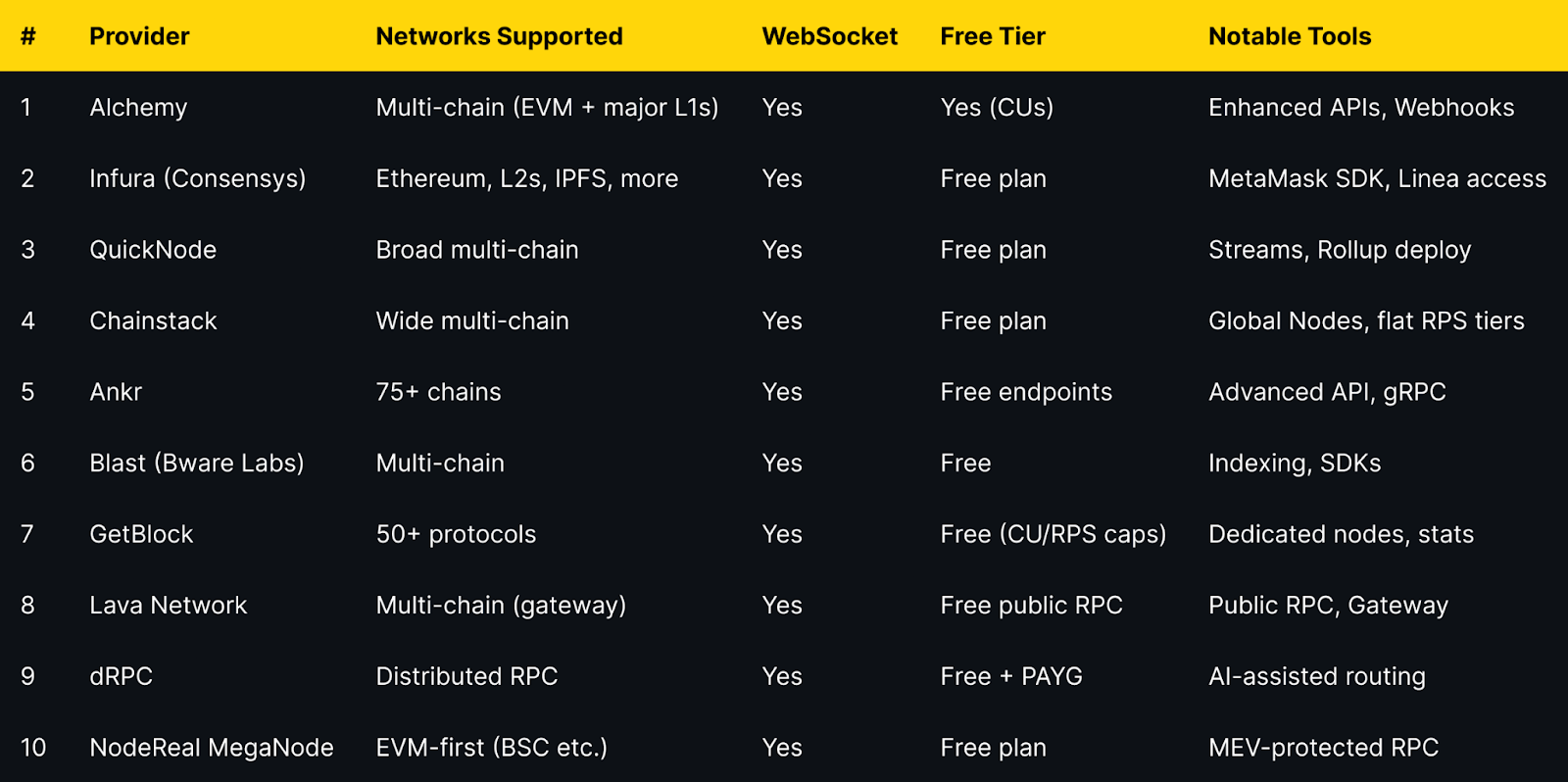

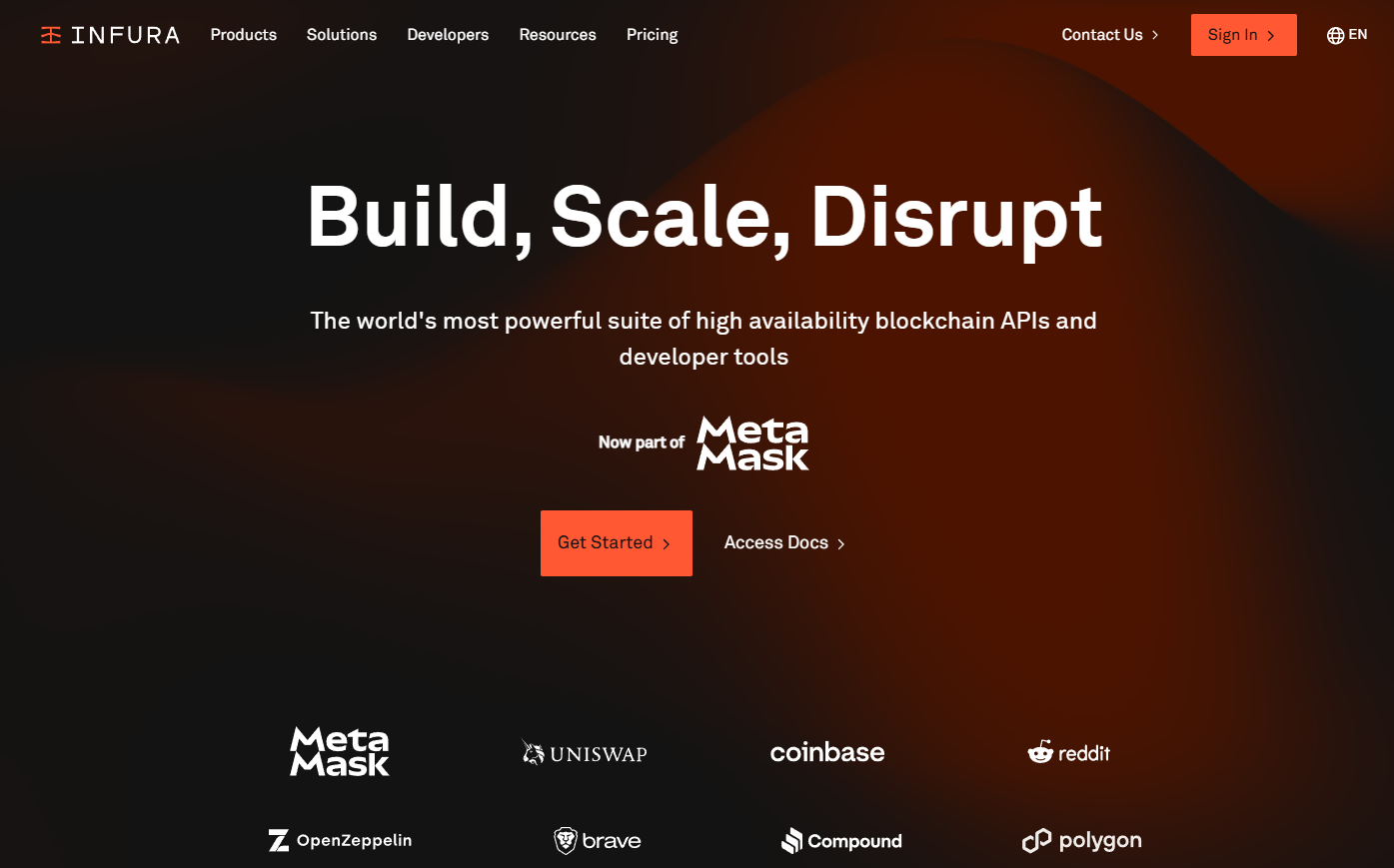
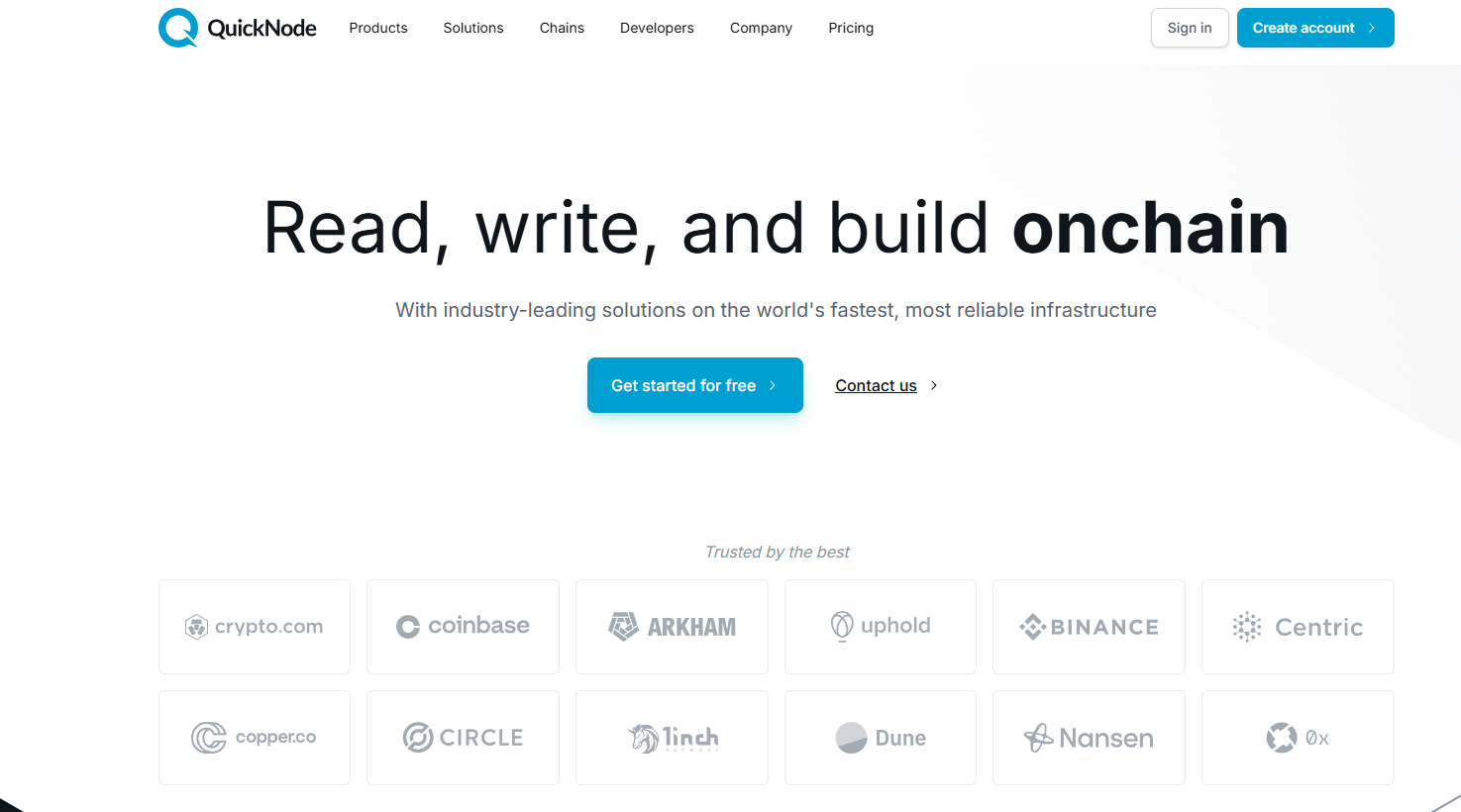

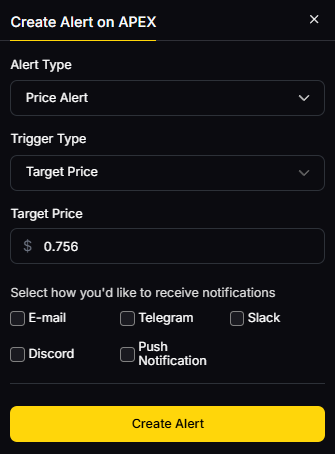

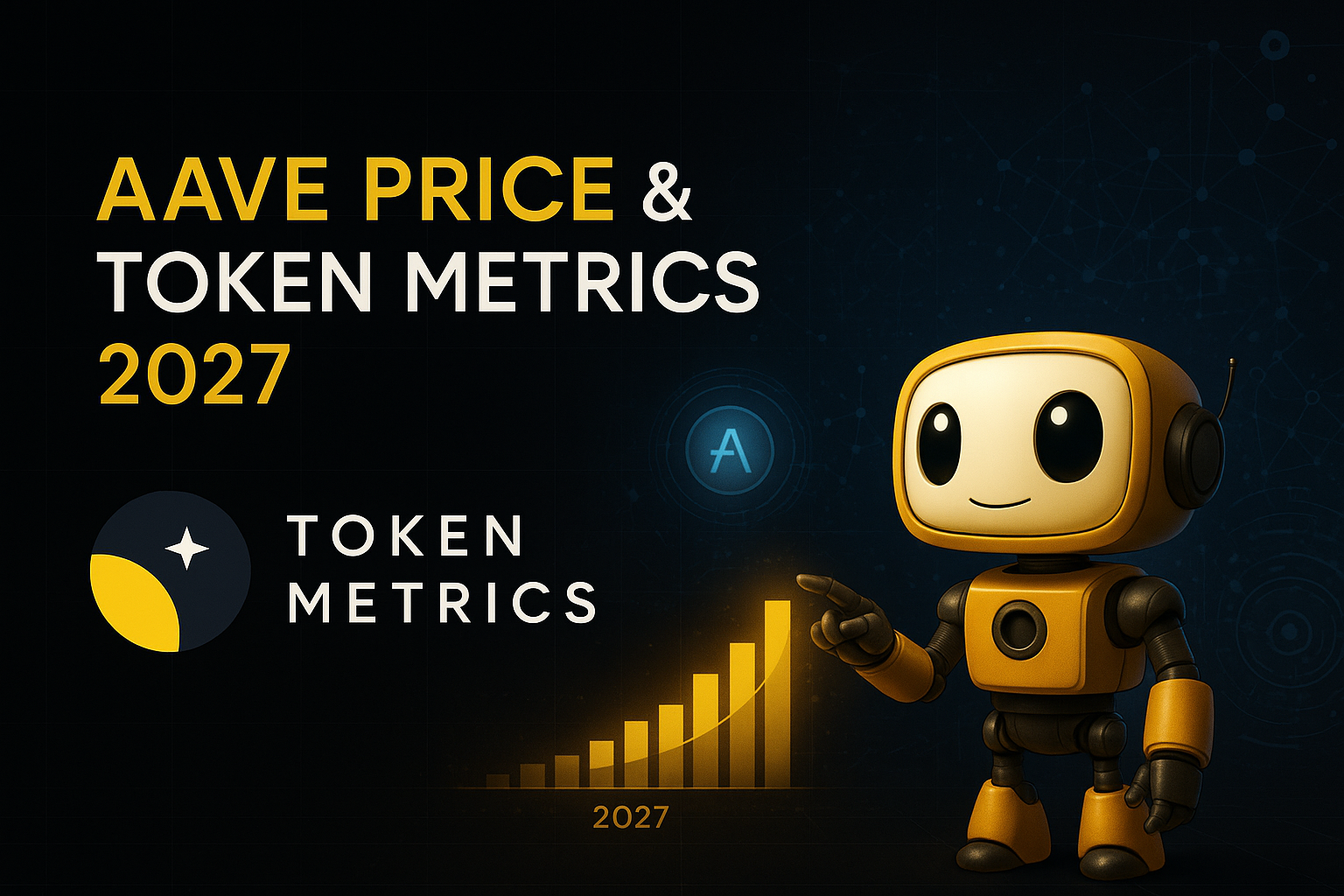

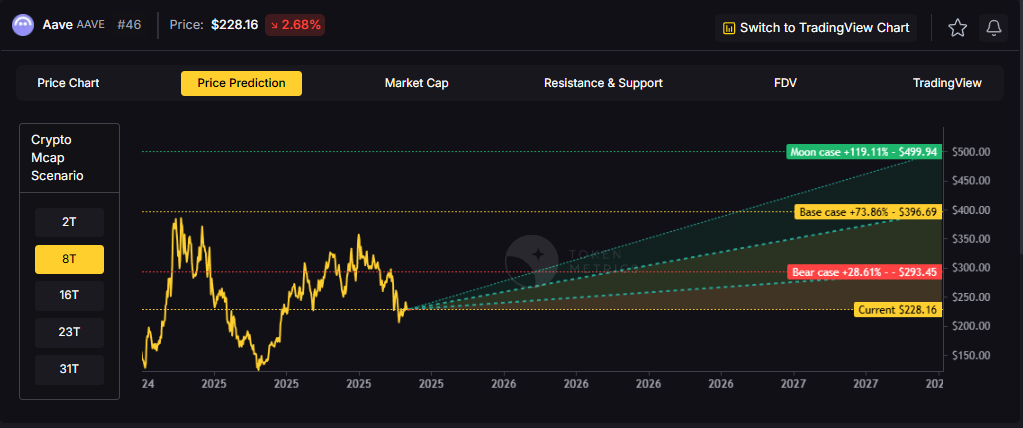
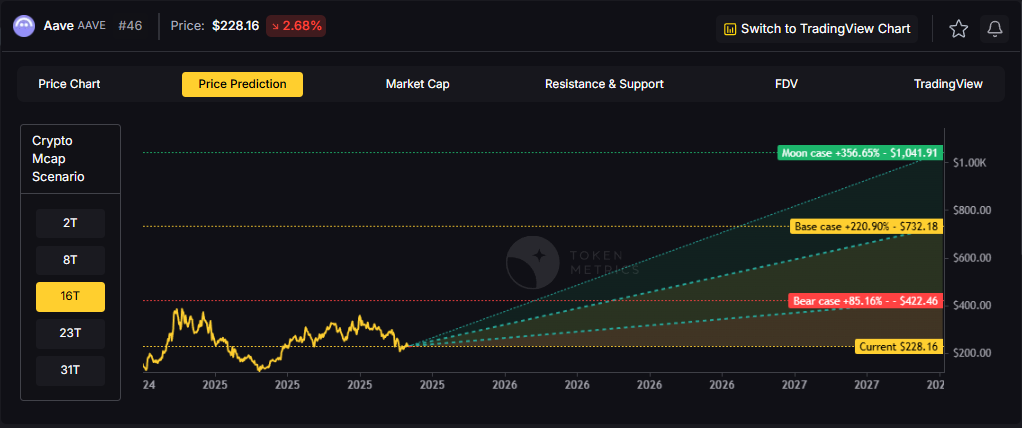

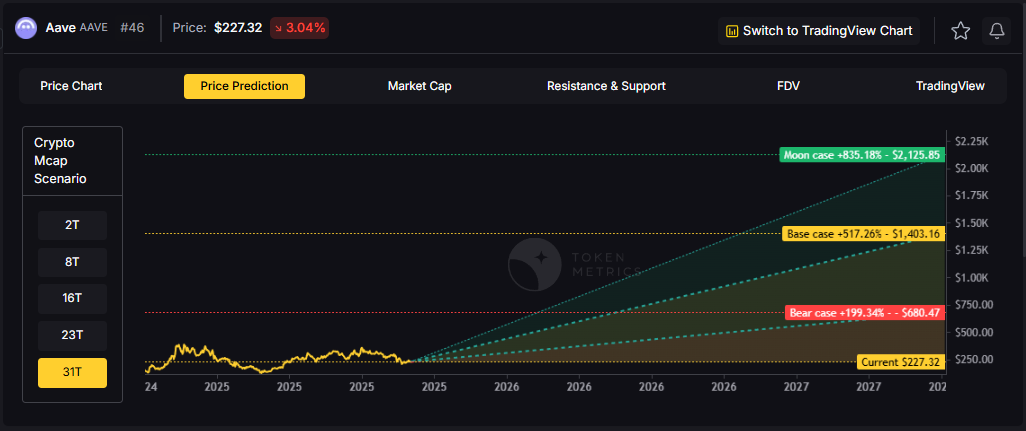

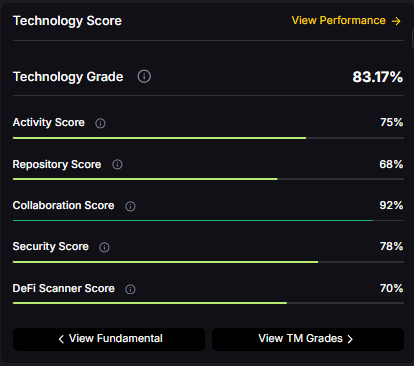
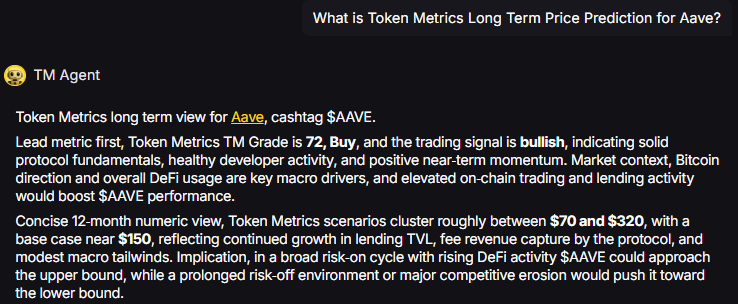
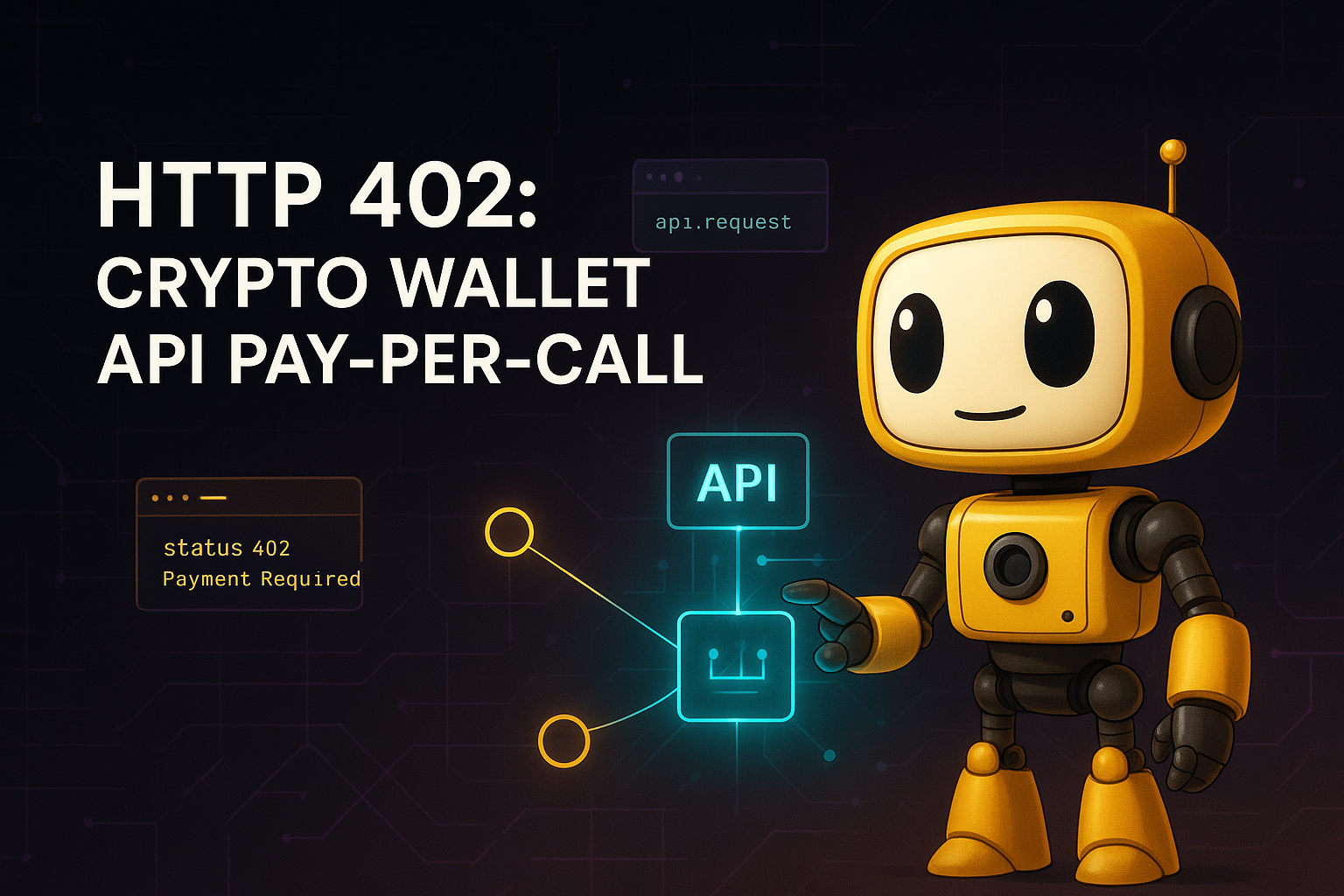


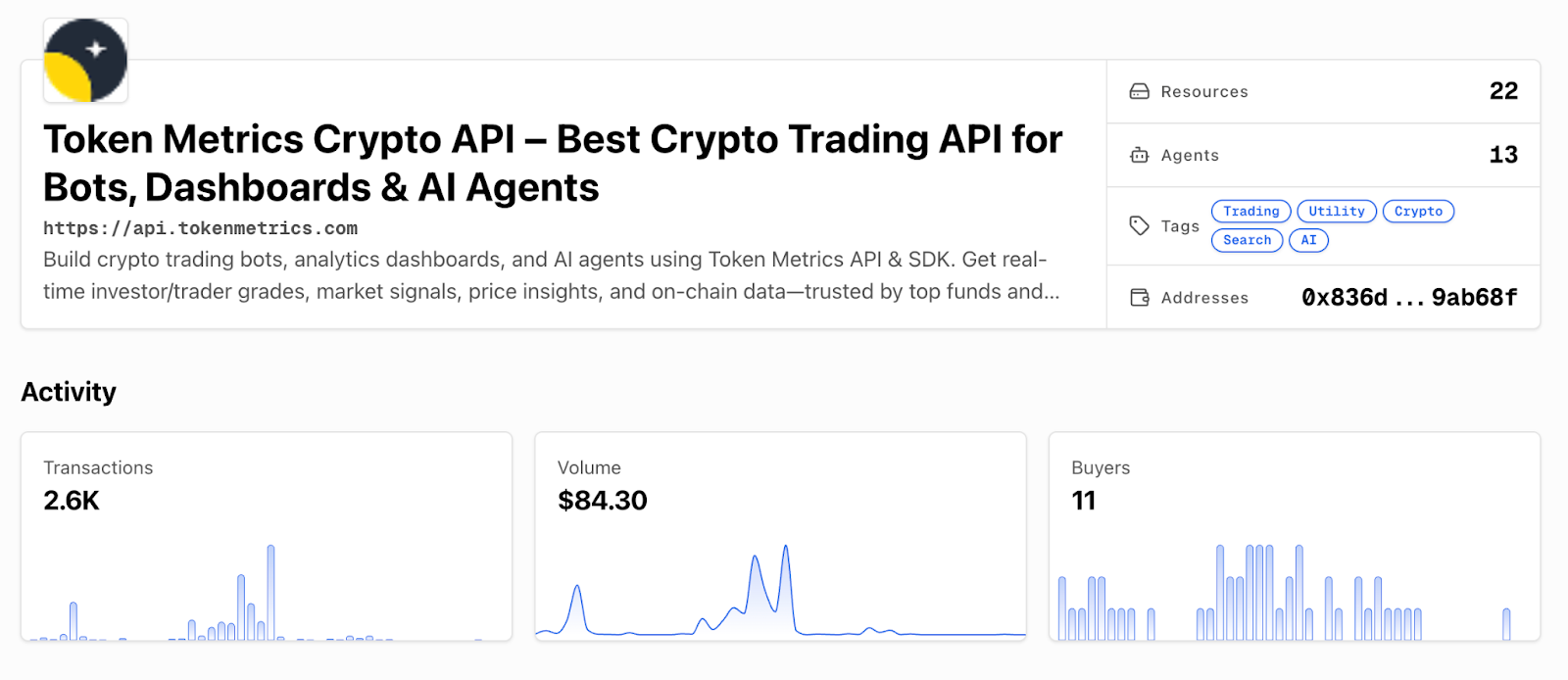
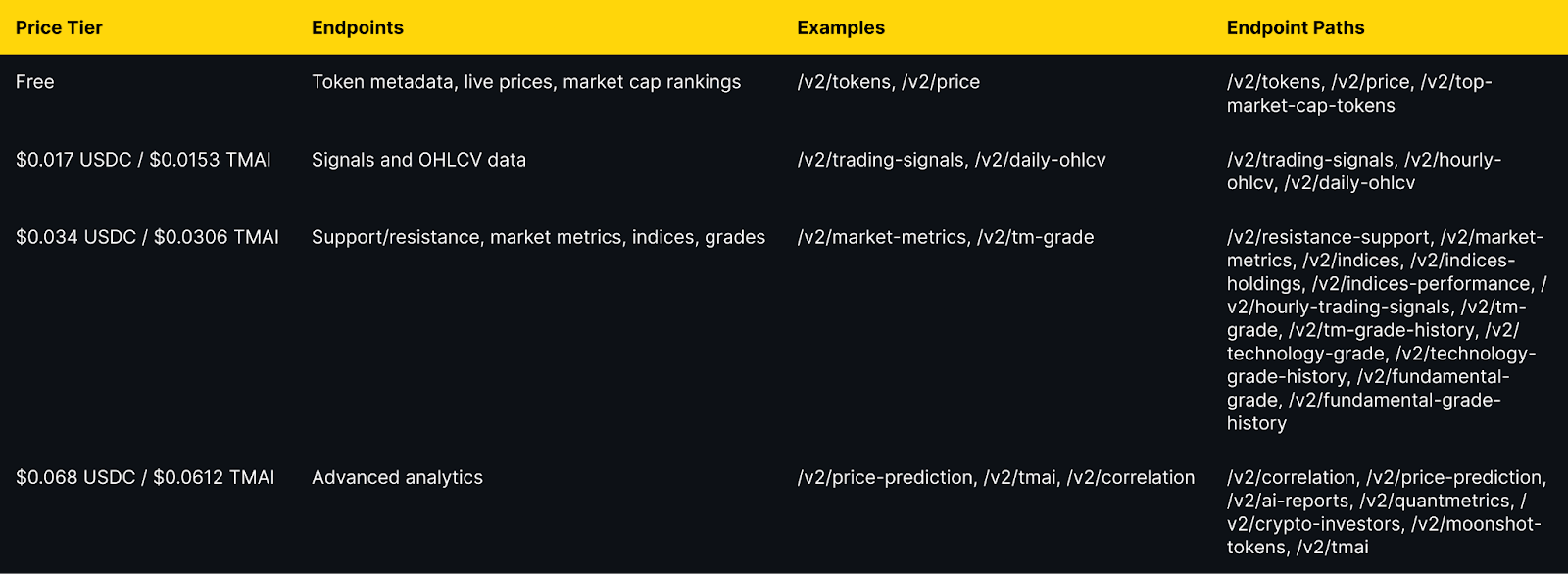
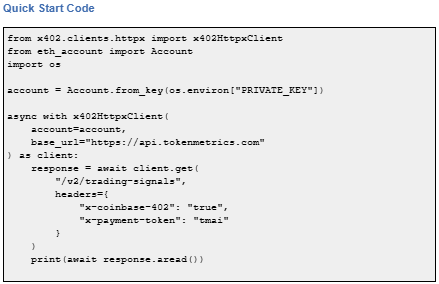



.svg)




.png)